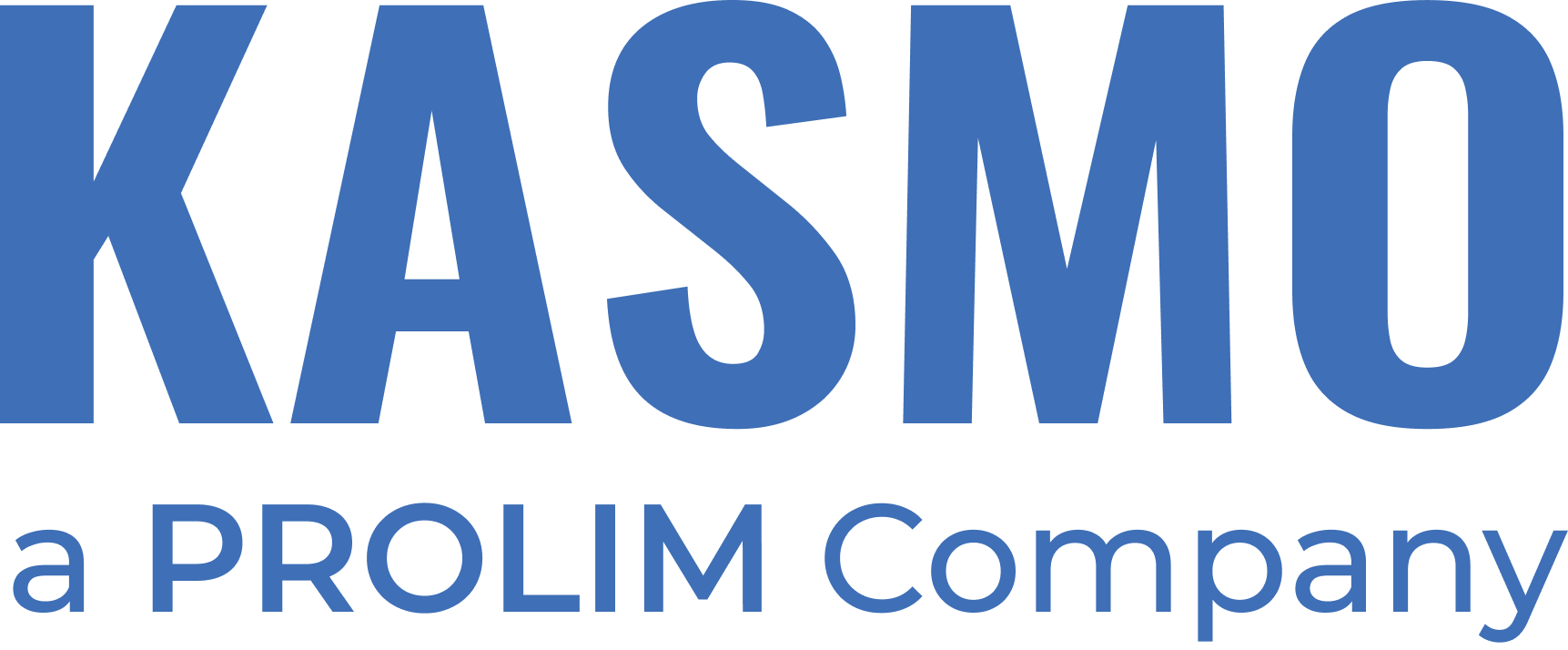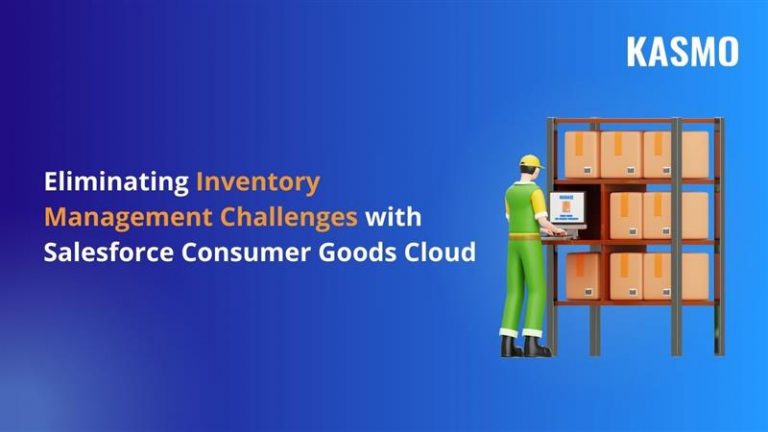Introduction
Retail and consumer goods companies always try to keep their inventory or stock at optimum levels, so that customers are not disappointed. It’s not only about stocking goods but also strategizing when and how much to stock. Understanding how to eliminate inventory management challenges can help retailers and consumer goods companies avoid pitfalls and losing customers.
Picture this: You are craving a particular brand of ice cream that has been going viral for quite some time. You decide that it is time to treat yourself and find yourself searching the ice cream isle eagerly. But it is nowhere to be found. Perplexed, you go to the shop assistant and ask them about it. But unfortunately, you are faced with the bad news: “It is sold out and will take a while to be restocked again.”
To prevent such instances of disappointment, consumer goods companies and retailers need to take extra measures to keep track of their inventory. This article will cover how Salesforce Consumer Goods Cloud can help businesses eradicated inventory management challenges, the importance of inventory management and how consumer goods companies can take necessary measures to optimize their inventory management.
First, Let’s Explore What is Inventory Management
To understand how you can keep track of your inventory, it is crucial that you learn the basic definition of inventory management. Inventory management can be defined as the process which helps businesses and consumer goods companies alike to keep track and control the goods they buy, sell, store and use. The term “inventory” can mean different to different businesses according to their industry.
For example, “inventory” in manufacturing may mean raw materials that are required for their operations. On the contrary, in a consumer goods company, “inventory” may signify ready-to-sell stock. Businesses who curate good inventory management strategies are better at handling difficulties even with unexpected disruptions in supply chains.
The inventory management strategies differ from business to business. Understanding the importance of inventory management will help you curate strategies that are unique to your business requirements and facilitate you to tackle any unpredicted disruptions.
What are the Inventory Management Challenges Faced by Consumer Goods Companies?
Let’s discuss some of the most common inventory management challenges faced by consumer goods companies:
Inventory Tracking Inefficiencies
Consumer goods companies who use manual inventory tracking procedure have inefficient tracking methods. These manual tracking involves lengthy spreadsheets that are hard to keep track of and lack a centralized forum that can be easily accessed throughout the entire organization.
Lack of Warehouses
As more and more consumer goods companies enter the already saturated market, it becomes difficult for the existing and the new companies to keep their inventory in warehouses. As these companies lack predictive insights into customer demands, sometimes over-stocking or the unavailability of goods creates challenges.
Lack of Accurate Data
As these consumer goods companies rely heavily on consumer data for production of goods, having accurate data helps them to predict demands and trends. However, due to fragmented state of customer data and data silos it becomes difficult for these companies to analyze consumer behaviors. Moreover, due to a lack of agile and advanced data architectures, maintaining the integrity of data also creates challenges.
Limited Customer 360-degree Visibility
It is very crucial for consumer goods companies to have a detailed and comprehensive overview of their customer and warehouse data. This helps them to draw data-driven insights and prevent from over-stocking or under-stocking of products. With legacy architectures, these businesses are unable to get a 360-degree view of their customers and the state of their warehouses.
How to Manage Your Inventory Management Challenges Like a Pro
Understanding the importance of inventory management is not enough. You need to use techniques that can help you navigate inventory management challenges. Here are some of the techniques you can use:

Steps to Follow for Better Inventory Management
The objective of inventory management is to keep consumer goods companies and businesses alike to stay unharmed during any unforeseen disruptions in the supply chains. If you want to build a resilient inventory management system, follow these simple steps:
Receiving and Recording Inventory
When new products or materials arrive, it’s important to capture the right data—like item names, quantities, and suppliers into your inventory management system.
Pro Tip: Use AI-powered tools to automate data entry, reducing errors and saving your team’s time.
Organizing and Storing Products
Proper storage is key to building effective inventory management. Consider factors like warehouse space, product popularity, and customer demand when organizing items or products. AI can help analyze past sales trends to suggest the best way to organize products, ensuring your high-demand items are always at hand.
Order Management
Order management includes everything from verifying stock availability to coordinating shipments. Customers expect real-time updates, so having an efficient system in place ensures your business can notify customers when their orders have shipped or if there are delays.
Updating Inventory in Real-Time
Keeping your inventory management system synced with order fulfillment ensures your stock levels are always up to date. Real-time tracking helps prevent errors like overstocking and allows your team to manage packaging and shipping with accuracy. This transparency benefits both customers and employees.
Reordering and Restocking
As products sell, it’s essential to know when and how much to reorder. AI can track sales patterns and send alerts when stock runs low or automatically place orders with suppliers. Avoid the risk of deadstock (unsellable items) or stockouts (running out of popular items) by carefully monitoring inventory levels.
How AI Helps at Every Step
From data entry to demand forecasting, AI can optimize each stage of the inventory management process. By automating routine tasks, uncovering insights, and ensuring real-time updates, AI makes inventory management more efficient and accurate, reducing errors and boosting profitability.
How Salesforce Helps Consumer Goods Companies in Eliminating Inventory Management Challenges?

In Consumer Goods Cloud, sales managers can easily track inventory, quotas, and cash flows for efficient order management. Using “inventories” in CG cloud, businesses can track products which will be required by sales reps while interacting with customers.
With the “quotas” feature in CG Cloud, consumer goods companies can manage vast amounts of goods or products without incurring any additional cost for storage. Using “cash floats” in CG Cloud, businesses can easily track any volume of cash transactions or payment collections for multiple orders.
Here’s how ideally inventory management takes place in CG Cloud:
If the item at hand is not available at a particular location, the sales rep places an order on behalf of the customer. Then the system checks the validity of the ordered quantity against the available inventory allocated to the sales rep. Here comes the creation of Inventory Transaction Templates.
These templates are created by the sales rep when placing an order, which consist of a set of rules related to inventories and quota. The number of quotas allocated to that particular sales rep will be reflected on the template.
The sales rep will set up Inventory Control within the order item template to manage inventory levels for each order. This will ensure the sales rep places an order only if the stocks or quotas are available.
Admins use the Order Item Template to manage Order Item Inventory Transactions, that links the Inventory Control Template with the Inventory Transaction Template. This setup ensures sales reps can accurately track inventory transactions.
Conclusion
Understanding how to eliminate inventory management challenges is crucial for consumer goods companies to ensure smooth operations, meet customer demand, and maintain competitive advantage in the market. By optimizing inventory levels, companies can prevent stockouts, reduce waste, and improve customer satisfaction.
Through advanced forecasting, real-time inventory tracking, or integrating AI tools, businesses that prioritize inventory management are better equipped to handle unexpected disruptions and stay ahead in the market. Additionally, leveraging platforms like Salesforce Consumer Goods Cloud can significantly enhance inventory control.
By automating processes such as stock tracking, order validation, and quota management, businesses can streamline operations, reduce manual errors, and improve efficiency. With the right strategies and tools in place, companies can meet customer expectations and build long-term brand loyalty, driving sustainable growth.



